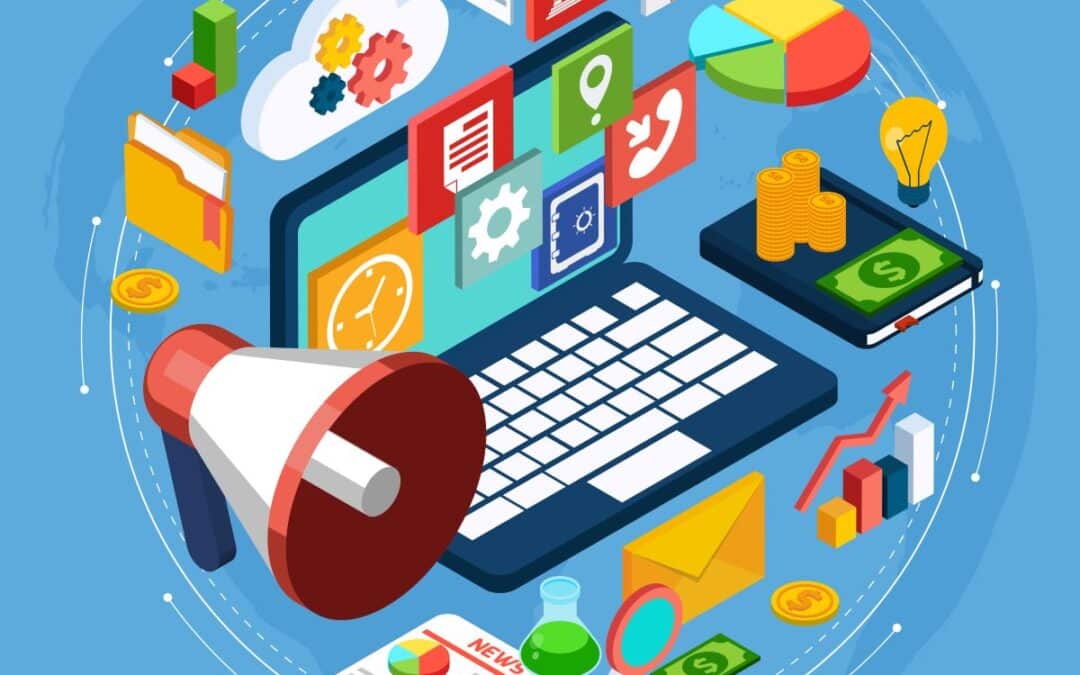By 2025, digital marketing has evolved beyond its commercial origins to become a potent instrument for social change and advancement. It is a crucial tactic for corporations, NGOs, communities, and social movements because to its capacity to reach a wide range of audiences, generate engagement, and motivate action. Here are some ways that, in the linked world of today, digital marketing promotes social progress and inclusivity.
Expanding Awareness and Education
Digital marketing platforms help spread awareness of important social issues—ranging from health and education to climate change and equality.
Social Advantages:
- Campaigns on social media, blogs, and video channels raise public consciousness.
- Infographics, storytelling, and influencer outreach simplify complex topics.
- Communities gain access to accurate and timely information.
Empowering Nonprofits and Social Enterprises
Organizations with limited resources use digital marketing to amplify their impact, attract donors, and mobilize supporters globally.
Social Advantages:
- Low-cost advertising options on platforms like Facebook, Instagram, and Google Ads.
- Email marketing and newsletters build long-term supporter relationships.
- Crowdfunding campaigns reach larger audiences, increasing fundraising success.
Driving Engagement and Community Building
Digital marketing fosters two-way communication, enabling organizations and causes to build meaningful relationships with their audiences.
Social Advantages:
- Interactive content (polls, live chats, webinars) sparks public involvement.
- Hashtag campaigns create viral movements and global solidarity.
- Online communities support mental health, activism, education, and more.
Promoting Inclusivity and Representation
Digital marketing allows diverse voices to be heard and seen, challenging traditional gatekeepers and enabling more inclusive storytelling.
Social Advantages:
- Marginalized groups gain platforms to share their experiences and initiatives.
- Targeted campaigns reach audiences often ignored by mainstream media.
- Content in multiple languages and formats improves accessibility.
Supporting Local Economies and Small Initiatives
Local artisans, educators, and service providers can use digital marketing to connect with their communities and promote growth.
Social Advantages:
- Hyperlocal targeting helps small businesses thrive within their neighborhoods.
- Online visibility leads to job creation and community-driven commerce.
- Skill-sharing platforms and local ads encourage economic self-reliance.
Real-Time Advocacy and Mobilization
From protests to policy change, digital marketing empowers rapid coordination and influence in matters of public interest.
Social Advantages:
- Instant alerts and calls-to-action through SMS, email, or push notifications.
- Global petitions and online lobbying efforts gain traction faster.
- Crisis response (e.g., natural disasters, social unrest) is faster and more effective.
Encouraging Youth Participation and Digital Literacy
Young people are digital natives who respond actively to campaigns designed for online platforms.
Social Advantages:
- Engages youth in volunteering, learning, and advocacy.
- Encourages civic participation through online events and contests.
- Fosters digital skills that prepare them for future careers and leadership.
Conclusion
Digital marketing in 2025 is more than a promotional tool—it’s a catalyst for social change and empowerment. By making communication inclusive, affordable, and far-reaching, it fuels progress in education, health, equality, and community building. When used responsibly and strategically, digital marketing becomes a bridge between technology and humanity, unlocking new possibilities for a better, more connected society.







